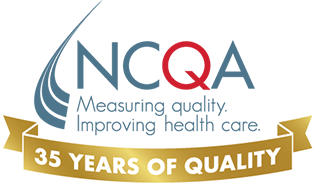P4P made this change to align with HEDIS, but did not consider the unintended impact it will have on POs, which must pull the information from EHRs. Because of the burden to POs, P4P will revert to the prior language for this measure, outlined below.
When identifying the most recent BP reading noted during the measurement year, do not include BP readings that meet the following criteria.
BPs taken during an acute inpatient stay (Table CDC-O)
BPs taken during an ED visit (Table CDC-P)
BPs taken during an outpatient visit where a diagnostic test or surgical procedure was performed (e.g., sigmoidoscopy, removal of a mole) or BPs obtained the same day as a major diagnostic or surgical procedure (e.g., stress test, administration of IV contrast for a radiology procedure, endoscopy) (Table CDC-Q)
BP readings taken by the member.
This applies to the following Programs and Years:
